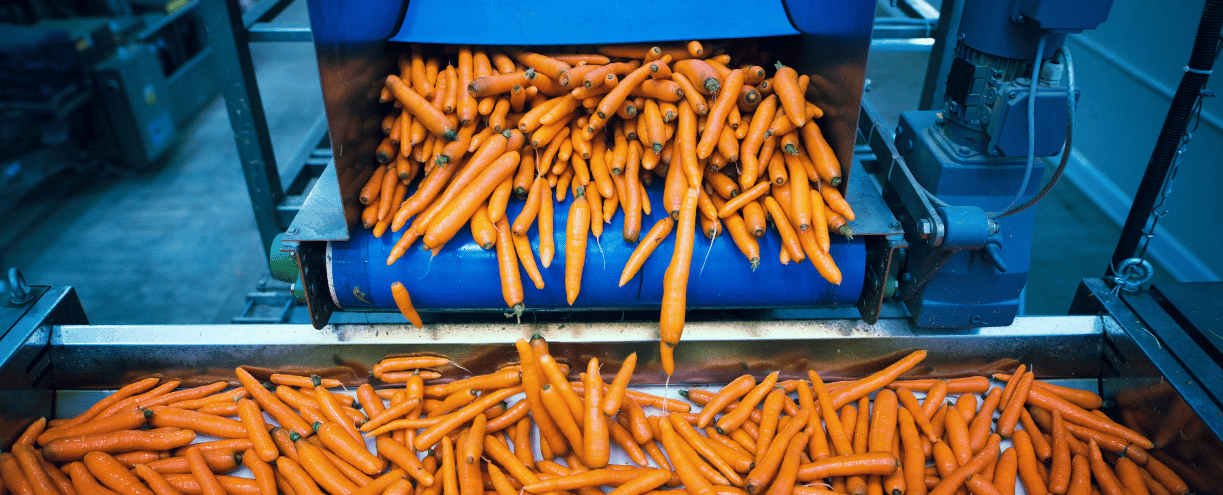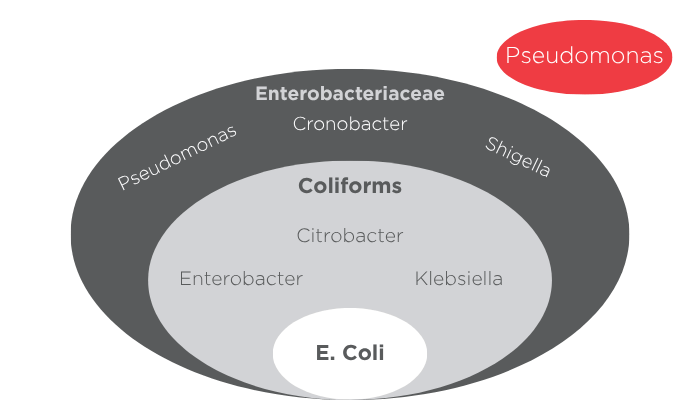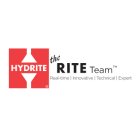
Swabbing a Production Environment for Enterobacteriaceae
Swabbing surfaces in a production environment is a critical step in maintaining food safety and quality. This practice helps identify the presence of harmful microorganisms like Enterobacteriaceae, which are indicators of potential contamination. By routinely testing high-risk areas, facilities can proactively address hygiene issues, comply with safety standards, and protect consumer health. Surface swabbing is not just a regulatory requirement; it’s a frontline defense in ensuring clean and safe production lines.
Enterobacteriaceae, or “EB” encompasses a large group of gram-negative bacteria.

If micro labs were to only swab for Escherichia coli (E. coli), they would miss detecting any other organisms in the diagram. Likewise, if the lab was to swab for coliforms, it would be like casting a “wider net” that would detect the potential presence of E. coli, as well as Enterobacter, Citrobacter, and Klebsiella.
If the lab swabs and tests for the presence of EB, it is like casting the “widest net” that would not only capture E. coli, Enterobacter, Citrobacter, and Klebsiella, but it would also detect any potential Salmonella, Cronobacter, and Shigella.
If EB swab results indicate an elevated level of micro present on a surface, then the micro lab can conduct further swabbing for general coli or even specific indicator organisms to drill down and try and try to determine which specific microbes may be present. This information may help to determine the source of the contamination and also help guide a plan of remediation.
Note about Pseudomonas: You will notice that Pseudomonas would not be detected by swabbing for EB. Pseudomonas is a slime forming organism that is commonly found in potable water distribution systems at low levels. If Pseudomonas poses a concern for a facility, its presence would need to be tested for separately!
Reach out to The RITE Team® for more information on Enterobacteriaceae.

